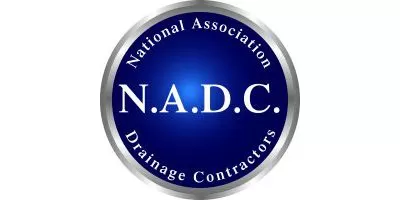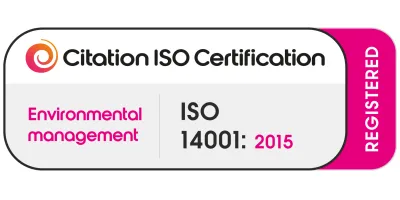





A storm drain, sometimes known as a surface water drain, is a system of drainage pipes and channels specifically designed to carry rainwater and other surface water away from homes, roads and public spaces.
As you can tell from the description above, storm drains are very different to your foul water system, something we’ll touch on more later. In this piece from the team at Express Drainage Surveys, we’re taking a detailed look at storm drains in the UK, helping anyone unsure about their drains and their responsibilities to better look after their property.
Read on to find out everything you need to know about storm drains, and crucially, who is responsible for them.
The main reason for storm drains is to help carry away water, protecting your property from flooding. Here’s a list of what goes into a storm drain:
All of the above is essentially just water produced by the inclement weather. With that in mind, here’s what you should never, ever be putting into a storm drain:
Any pollutants like these that get into a storm drain can harm local ecosystems and wildlife, as it isn’t treated. The storm drains in your area are there to prevent localised flooding, reducing the risk to buildings and ensuring that roads and highways can be used during bouts of heavy rainfall.
Most people go about their daily lives without giving too much thought to drains – the system is already set up! But it’s important to note the difference between storm drains and foul water drains, since they are designed for two very different purposes.
There are some older properties in the UK, usually dating back to Victorian times, that may use what is called a “combined” system. As you can imagine, this means that foul water and surface water travel through the same drainage pipe system.
These days, modern buildings are built with separate systems. This is to reduce the burden of so much water going into treatment plants, but it also helps to prevent polluting the natural watercourses around us. That’s why any misconnections can pose such a serious issue for the environment.
In almost all cases, responsibility for the storm drains for your property and properties around you falls to the local water company or local sewer company, like Thames Water. Road gullies – the large grates you see hugging the side of the road – are one of the most obvious examples of storm drains, as you’re likely to see them in action whenever there is a torrential downpour. However, it may be the responsibility of the Highways Agency to deal with any unblocking of these grates.
Even if the storm drain is located within your property boundary, the responsibility for maintaining it will still fall to the water company, as it may collect water from multiple properties. Storm drains are part of public infrastructure, so they are not the responsibility of homeowners or business owners.
Your private drains, however, which carry your wastewater, are your responsibility. If these require repairs, maintenance or unblocking, you need a professional drainage company. At Express Drainage Surveys, we offer our expertise to help you manage your private drains.
Storm drains, like any other drains, are subject to problems. They’re in action almost every day, even if you don’t see it, so it’s understandable that they see wear and tear that requires attention. Here are some of the common problems storm drains encounter:
Most often caused by leaves, litter and other debris washing down roads, but also caused by people disposing of items inappropriately down them, such as concrete and food fat. This results in water pooling up around the drain cover and downpipe gutters.
When there is a misconnection and wastewater inadvertently enters the system, it poses a significant risk to the environment. You will also notice foul smells coming from these drains and signs of sewage in extreme cases, all of which can pollute our local watercourses.
Although they’re designed to take a beating, ground movement, tree root ingress and general wear and tear across a lifetime can lead to damage in storm drains. You will see this in the form of subsidence or cracks in the ground where the system runs.
If you’re unsure whether an issue with your drains and water on your property is being caused by your foul water system or a storm drain, don’t hesitate – contact our expert team at Express Drainage Surveys. Our range of drain services can help you establish a map of your system and determine whether the responsibility for any repairs or maintenance falls with you.
Our drainage services include:
Contact us today for your free estimate. We’ll diagnose any drainage problem using the latest equipment and our years of experience, giving you peace of mind whether you’re a new homeowner experiencing issues or if you’ve been in your property for decades and have noticed something amiss. We can recommend what action you need to take and help to protect your property.
This website uses cookies to enhance your browsing experience and deliver personalised ads. By clicking “Accept All Cookies”, you agree to the storing of cookies on your device to enhance site navigation, analyse site usage, and assist in our marketing efforts.